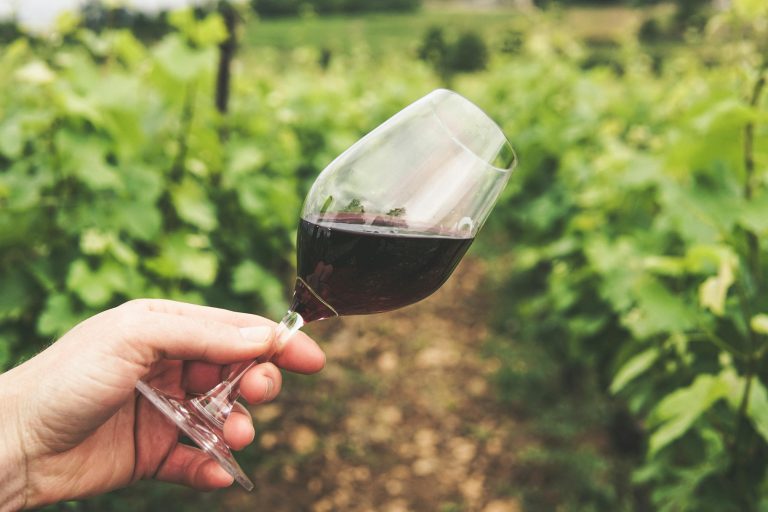Multi-award-winning wine writer Malu Lambert makes the case for a world very much still enamoured with the juice of the vine…
The question I am most asked by muggles (aka non-wine industry people) – is how I came to write about wine? To them, it seems an arcane, mysterious way to make a living. Wine, I tell them, generally over the rim of a Gabriel glass, is everything.
It’s the world distilled. Wine is the tangible essence of the civilised world. Wine is history. Its production spans millennia. Studying this year for the WSET Diploma qualification underscored this notion for me even further. Each and every chapter of the coursework begins with the history of that particular region: describing how wars were fought, the politics that shaped the landscape, how technology transformed society. Skip to the next section and the labels and laws change from German to Italian, and so on.
Wine is language. It’s geography. Wine describes the way the crust of the earth morphs from mountains to valleys – and we can taste where and how it was grown. Wine is family, winemaking commonly being a generational concern, and all the ambition, heartbreak, human folly, and triumph that comes with that. Wine is also the litmus test for the warming world; there are no climate change deniers in the wine industry…
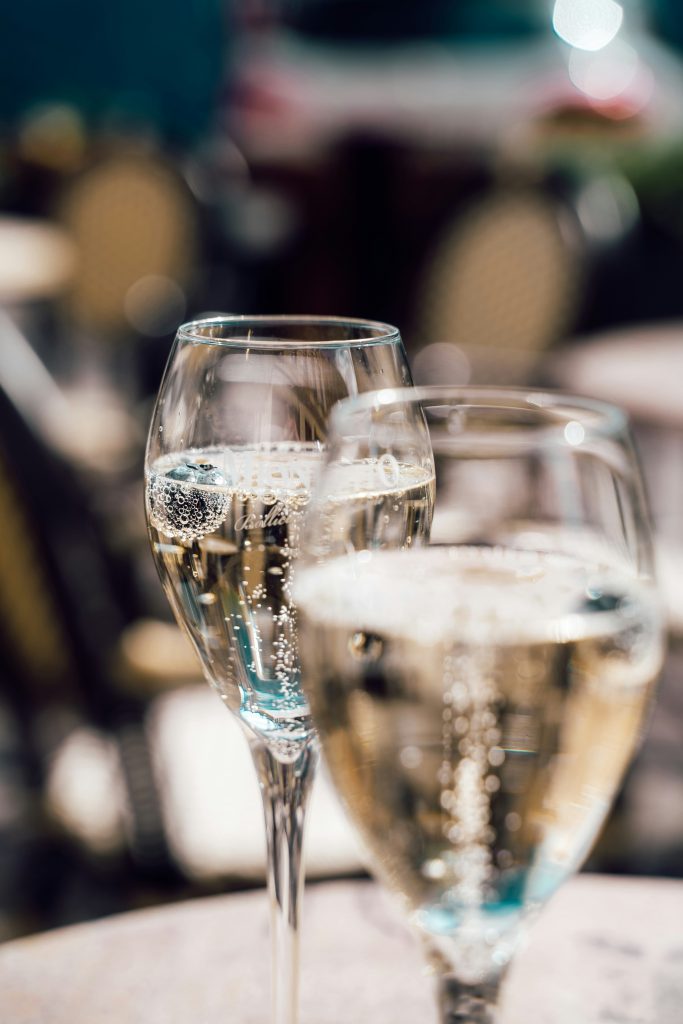
Wine is also just plain old business, which brings me to the point of this article.
What, you ask, has all this to do with the question at the start? In a Vinimark podcast led by Jono Le Feuvre, the query ‘has the world fallen out of love with wine?’ was posed to Vinimark’s Head of Insights and Business Advisory, Oelof Weideman, Makro’s Head Wine Buyer, Divan van Wyk, and independent wine consultant, Francois Rautenbach.
That conversation is one of many circling the globe. The industry is rightly concerned by alarming stats of falling sales, and who’s to blame for that. All fingers point at Gen Z. According to the Knit Gen Z Alcohol Report (published in 2022), Generation Z is ‘generally speaking, anyone born after 1997, and are… the most ethnically diverse, first digitally-native generation in the world.’
The problem here is not only are the generalisations writ large, but a damning Berenberg report which uncovered this precipitous downward spiral, was composed in 2018. That’s six years ago and it is still widely cited. The more recent Knit reports that from 2020 with the ‘…global pandemic in tow, alcohol consumption [for Gen Z] spiked.’
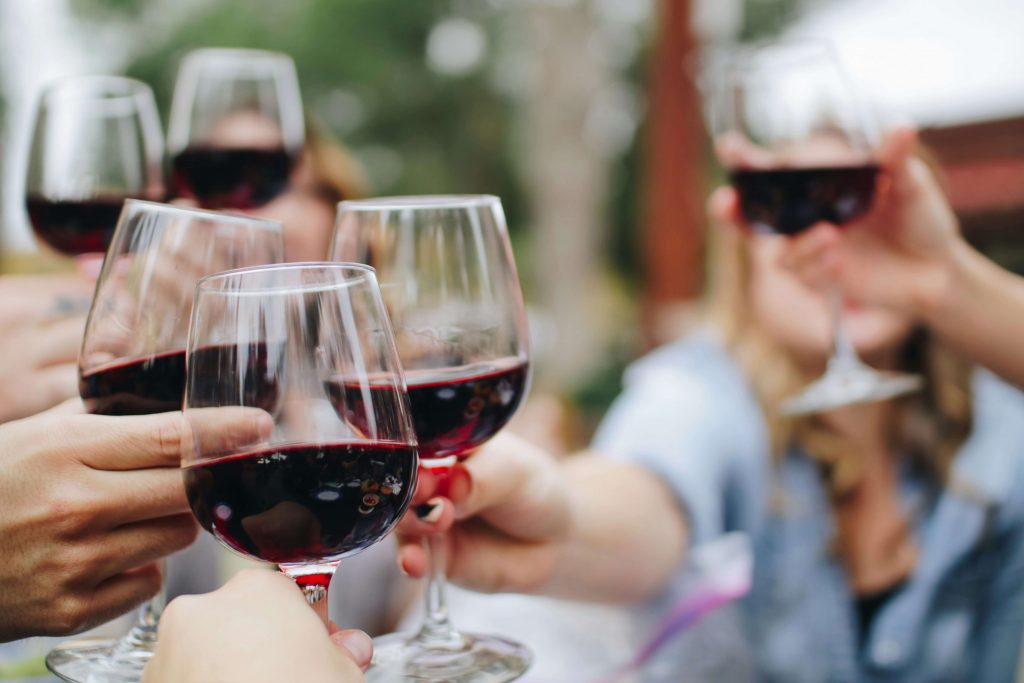
In the podcast mentioned above Weideman addresses Gen Z’s purported abstention.
‘I can’t help but smile,’ he says of the stats and the resulting panic. ‘You have to put it into context.’ He talks about the numbers first, pointing out the gap of abstainers between Gen Zs and their predecessors, the millennials, is approximately 10%. Add to this that the age band is narrower (and younger) for Gen Z; millennials top out at early to mid-40s.
‘In my own circle I would struggle to find a 43-year-old who has never had a drink of alcohol,’ says Weideman.
However, he does point out that Gen Z is known for making more considered choices when it comes to the impact of products on the environment and society, and the market shouldn’t ignore this. Hence the explosion of alternative wine packaging – from lightweight glass bottles, to recycled cardboard ones, bag-in-the-box, cans – all much more carbon-friendly than the old heavyweights.
Weideman proposes declining wine consumption might also have something to do with quality over quantity. Weideman, addressing a graph, says ‘…yes consumption is down, but so is the area under vine – and this is difficult to draw conclusions on, but one could surmise that producers are more focused on what they’re planting.’
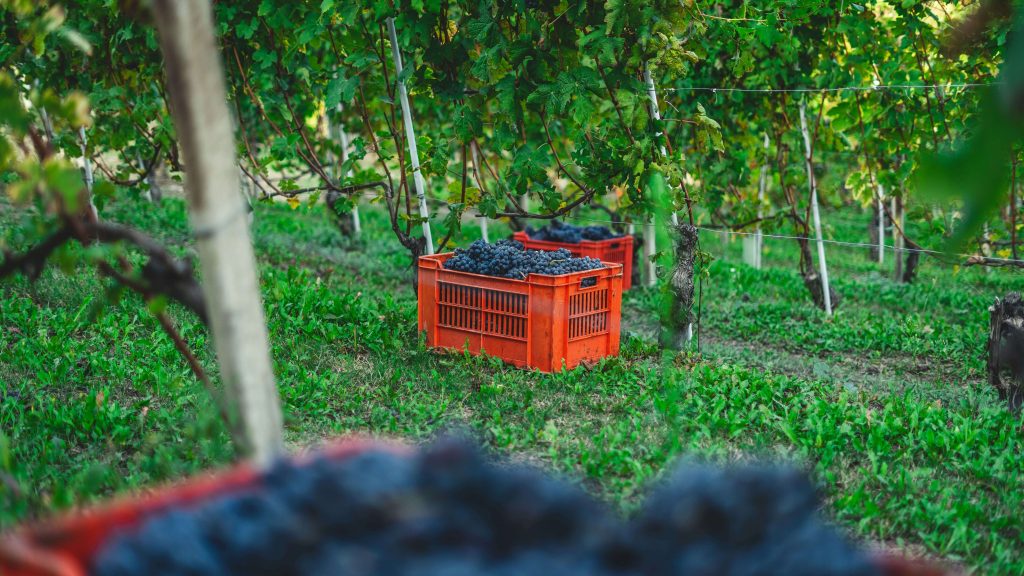
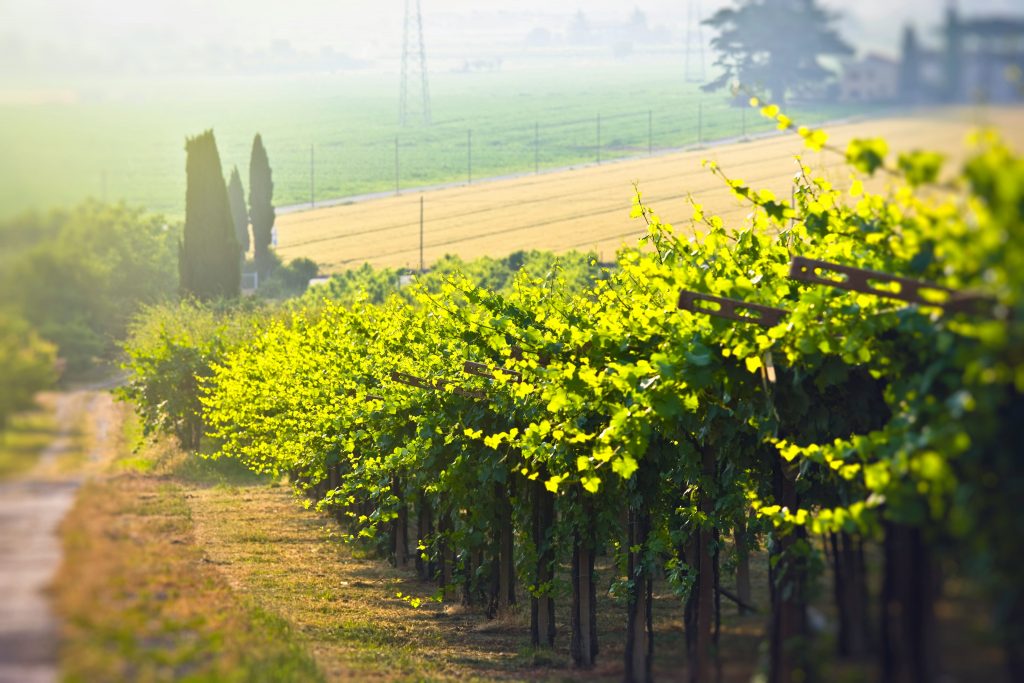
Overall, he says, the silver lining in this discussion is that the premium category is slowly gaining traction. The 750ml bottle category (that’s the standard bottle size on the shelf) is a concern, he hastens to add, and reveals that this segment is down by 1% year-on-year volume from 2019. And in particular of these, the brands that sit in the mid-range – bottles generally priced between R80 to R100 – are feeling the pinch the most.
Weideman puts it into context. ‘In South Africa, there are well over 1 100 wine brands. Of these, the top-selling 22 control 80% of the volume sales, while the longer tail end is declining.’
Ladder branding can often be key to the success of these ‘middle’ tiers. ‘The companies that do well know what they’re about,’ says Weideman. ‘They often have premium wines in their stable, but remain focused and honest about what that R80 bottle of wine does for them.’
Divan van Wyk agrees that the aforementioned category is ‘compressed’. However what he is seeing is exponential growth in the canned wine sector, and like bag-in-box, is bringing ‘new consumers to wine’. He notes that people who would normally opt for ciders or RTDs (ready-to-drink) are branching out and trying canned wines.
‘We need to take advantage of it. It’s also mostly the younger generation buying cans, and this is a golden opportunity to grow the wine market.’
‘South Africa is a beer nation,’ Weideman rightly states. ‘One of the largest beer brands itself is three times the size of the wine market – which is actually great for us as there is so much untapped potential.’
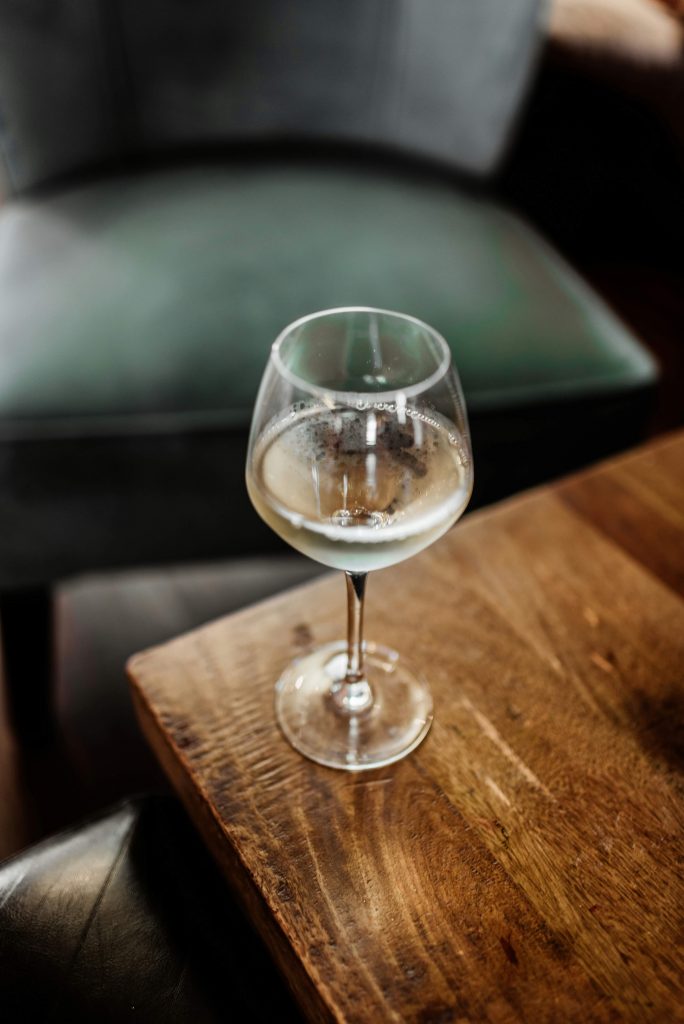
It’s clear the younger generation and consumers in general are interacting with wine in new ways, from opting for eco-friendly packaging to low- or no-alcohol alternatives, brands that give back to their communities – and stories that resonate.
Has the world fallen out of love with wine? In my opinion, no. We want the stories, and we want them to be good.
As I said, wine is everything.
ALSO SEE: Women in Wine launches exclusive range at Shoprite
Feature image: Supplied

